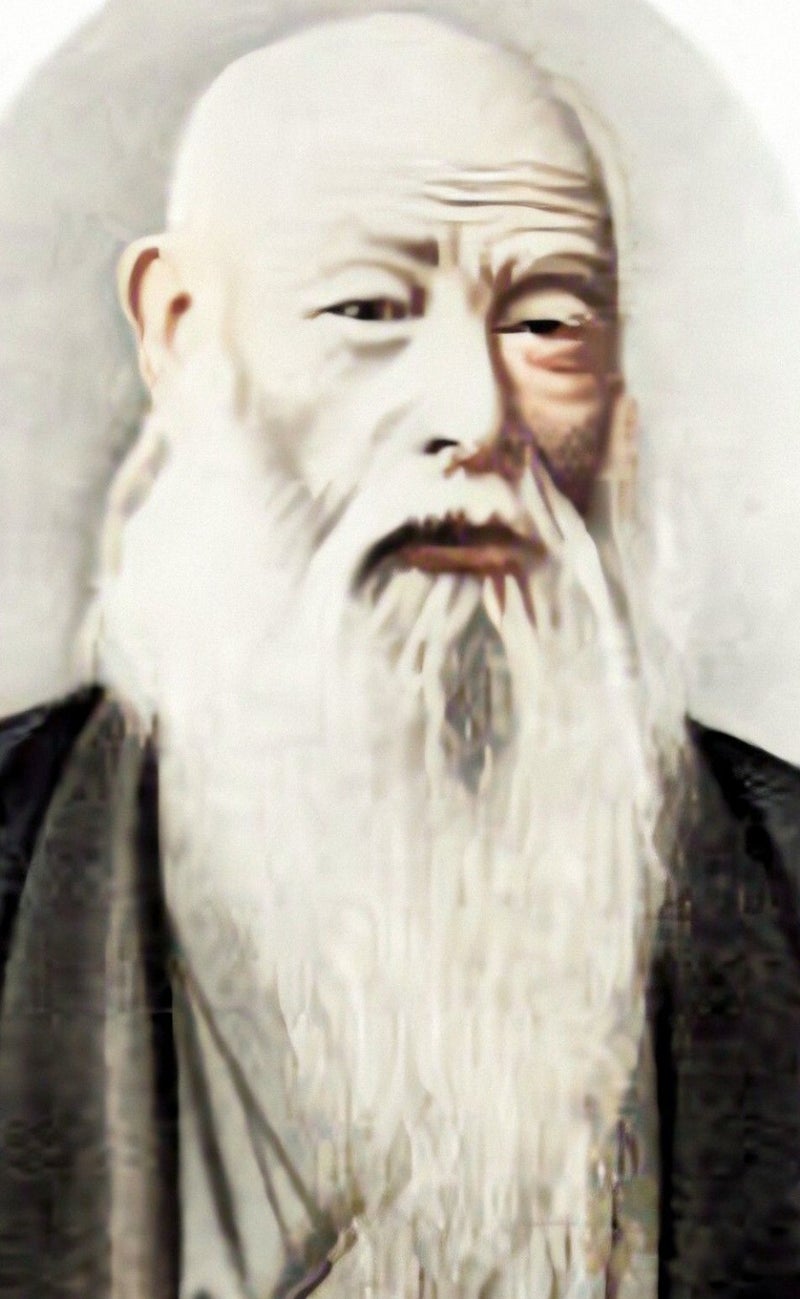22. Naruse Seishi
Naruse Seishi (1845-1923)
成瀬 I誠志
Tohaku-en (Workshop of Naruse Seishi)
陶博 園
Naruse Seishi may not be one of the most famous makers of Satsuma, but his work is much appreciated and sought after by collectors of Satsuma.
Naruse Seishi (his real name was Kaoroku) was born in 1845 near the Nabusigawa River in Nakatsugawa city, located between Kyoto and then Edo. In 1858, when he was 13 years old, he became an apprentice potter with the local pottery industry. In 1866 he started to work as an independent potter, but only a few years later, in 1871 he went to Tokyo, to work as a decorator in one of the many studios there specialized in painting Satsuma-style pottery for the export. The following year he started his own workshop near the Zojoji temples in Tokyo. Here he concentrated on miniature-painting on pottery, which would become widely known as Edo Satsuma. Chinese motifs are seen frequently on his work. The famous zoologist Edward Morse, also known as one of the first western collectors of Japanese ceramics, named Seishi Naruse as the ancestor of such miniature paintings on Satsuma-ware.
Seishi Naruse wanted to study not only the skill of potting, but also the production methods and pottery clay and glaze. For this reason he returned in 1886 to his native environment, near Nabusigawa River in search of a more authentic place of production.


The region contains a special ceramic clay that was used in porcelain production. Here he founded a pottery named "Tohakuen" and around 1894 he developed a yellowish glaze called "Seishi colour". Naruse Seishi was a very gifted artist, with great artistic skill but also with a great knowledge of the technological aspects of ceramics. He received great recognition for his work and would produce until his death in 1923 at the age of 78.
Naruse Seishi signed with his name Naruse or the name of his workshop Tohaku-en, and sometimes both. Not always did he sign his work, but it is (for experts) possible to recognize his work based on his style and the colours he used.

A wonderful example of Naruses work. Although this koro is not signed, it is 'signed all over' and based on style and colours it was confirmed by Louis Lawrence as made by Naruse Seishi.









A monumental 69 x 42 cm tray, with brilliantly detailed decoration full of Buddhist symbolism and figures in a temple or monastery surrounded by a typical Chinese landscape. As always with Naruse Seishi, the details are breathtakingly fine as can be seen in the close-ups. (Courtesy of mr. Tom Pelchat)


Maak jouw eigen website met JouwWeb